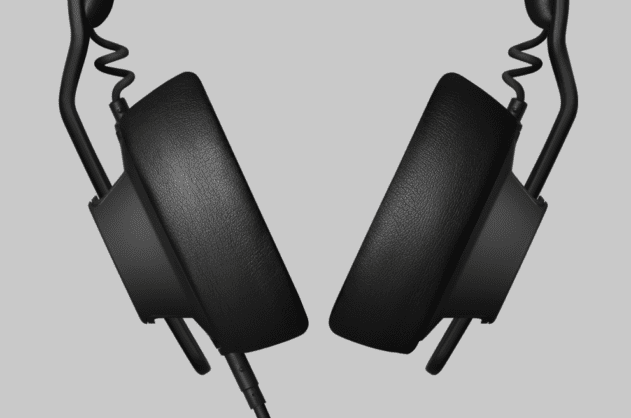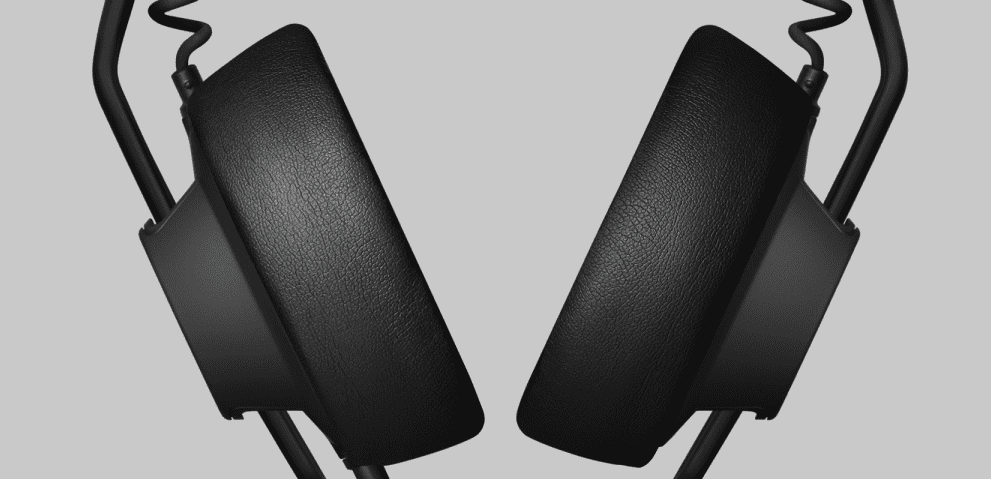AIAIAI’s update to the much-loved TMA-1 headphones introduces class-leading customisation options. Greg Scarth puts them to the test.

Of all the unlikely success stories in recent years, the revival of modular synths
must rank among the least expected. Whether it’s purely coincidental or an attempt to latch onto the trend, modular has subsequently become a bit of a buzzword in the world of music tech, being applied to everything from soft synths to effects. AIAIAI’s TMA-2 headphones, the Danish manufacturers’ replacement for the popular TMA-1s, are one of the first modular headphones to hit the market, but in this case the selling point is modularity in the broader industrial design sense. As such, the TMA-2s are only really modular in the same way as other headphones like Sennheiser’s much-loved HD-25s or even the old workhorse Beyerdynamic DT100s: each component can be removed and replaced individually. What sets them apart is that each one of those components is available in a number of alternative specifications, all of which are compatible with every other component in the range. The available options include three headbands, four speaker units, five earpads and six cables, which can be mixed and matched to create 360 possible combinations.
The options can be mixed and matched to create 360 possible combinations.
You can customise the combination of parts any way you see fit, but the obvious starting points are with AIAIAI’s four ‘presets’: the All-Round, DJ, Studio and Young Guru models (the latter designed by the Jay Z-affiliated producer, who also contributed a special edition model of the original TMA-1 Studio). Each is designed as a starting point for further customisation: if you want the DJ preset but prefer a straight cable instead of a coiled one, that’s no problem; if you want the Studio preset with on-ear velour earpads rather than over-ear PU leather, knock yourself out.
The single biggest decision to make is the choice of drivers themselves. For production use, the two obvious choices are the S03 and S04 speaker units, described as “full and warm” and “clear and vibrant” respectively. The former is the default choice in the Studio preset, while the latter is employed in the Young Guru model.
At this point, it’s worth noting that the TMA-2s don’t deliver their best performance straight out of the box. Pulling the components out of their individually sealed bags, there’s a note advising that the drivers should be broken in for 24 hours before use. It’s rare that we get the opportunity to test drivers before and after breaking in, but in this case we were close enough. Both the S03 and S04 drivers sounded dark and veiled initially, but after leaving the S03s to break in and comparing them against the fresh-out-of-the-packet S04s, the difference was pronounced. Once both pairs of drivers were broken in, the difference was subtle but noticeable, with the S04s offering a slightly increased bass response.
Once you’ve decided on a speaker driver, the overall tone of the setup is further shaped by the earpad choice, with enclosed models offering increased isolation and marginally tighter bass. AIAIAI provide a breakdown of the 20 different driver and ear pad combinations, explaining the results in terms of frequency response, sound stage and isolation.
If all these options sound overwhelming, rest assured that it’s very hard to go too far wrong with any combination. The headband and cable choices are largely a matter of personal taste, while the presets provide useful starting points for the most common applications. In addition to the four presets, there are also a range of configurations selected by artists, producers and DJs.
Build quality and finish are both impressive. Only time will tell whether the update has fully resolved the quality control issues early TMA-1 owners reported with weak headbands, but AIAIAI’s own video, embedded below, suggests that the new materials are much more durable than those used in the original model.
While the modular concept may not necessarily revolutionise the headphone market, the TMA-2s offer a clear advantage over the TMA-1s, if only in terms of customisation. Selecting the more expensive options from the updated range will result in a small price increase over the TMA-1s, but it’s hard to find fault with the TMA-2s as an overall package. If you liked the originals, you’ll find the new version to be a step up in most respects.
The Verdict
Price: from €145
Purchase: TMA-2s
The Final Word
All the best points of the TMA-1s, but now customisable.
